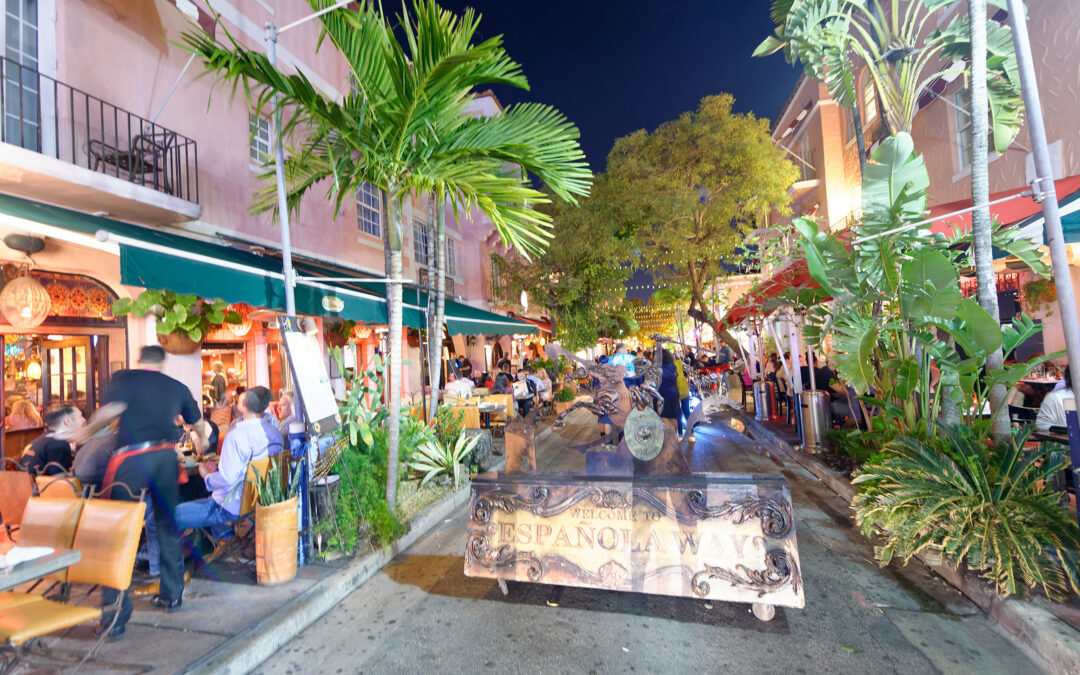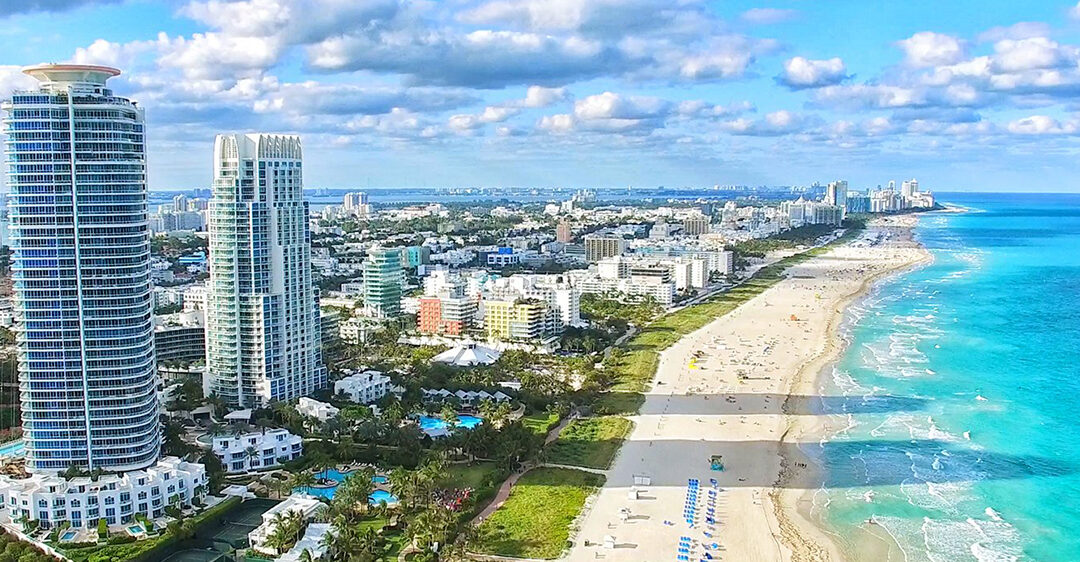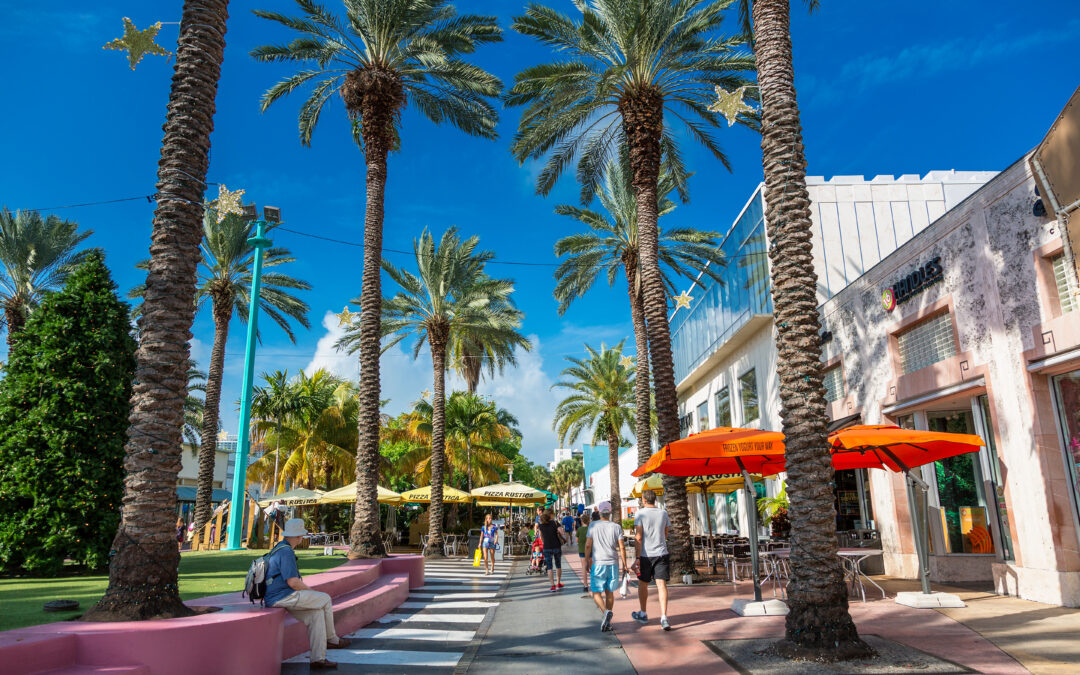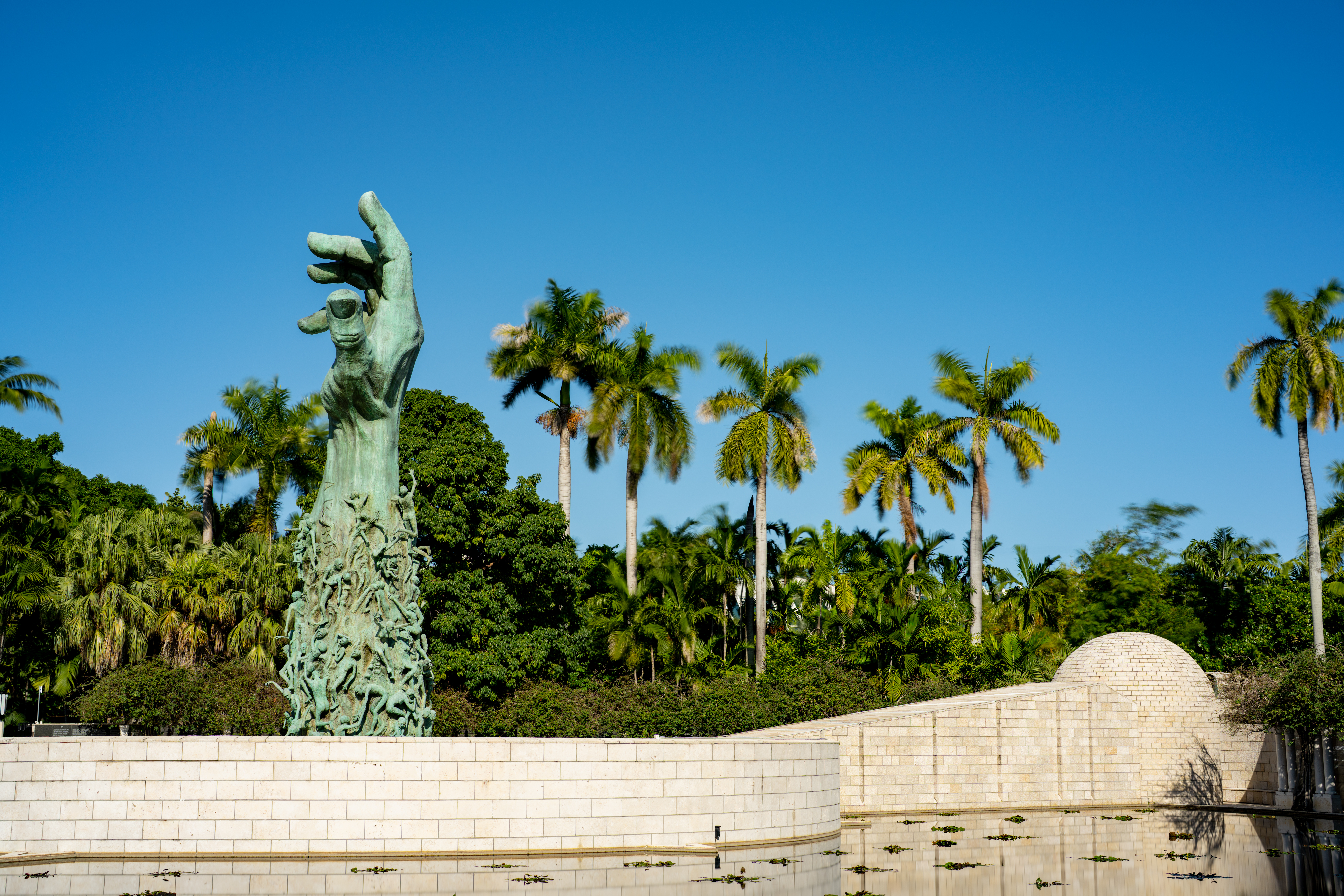
by cavalierhotdev | Jan,Tue,2023 | Miami Beach Events
The World Marathon Challenge – North America will be held on February 6 | 2023.
Once again, we are thrilled to announce that we will be hosting a group of 40 exceptional athletes. Additionally this will be for the seventh and final World Marathon Challenge. Certainly it has been a remarkable journey. These athletes have already conquered six marathons in each continent over the past seven consecutive days. Consequently they are now heading to Miami Beach, marking the end of their epic adventure.
To ensure a seamless event, the World Marathon Challenge race will take place exclusively on the serpentine and beach walkway adjacent to the beach. Throughout the race, the beach will remain open to the public for other activities. Surely, there will be no disruption to traffic as no road closures are required. The race is scheduled to commence at 12 noon.
LOCATION
The runners will start their marathon on the serpentine at Lummus Park, located in Miami, Florida, USA. The starting point is just north of 5th Street, heading north. They will then turn around slightly north of 37th Street and make their way back towards Lummus Park, concluding at 5th Street. This loop course will be repeated five times to cover the full distance of 26.2 miles.
RACE-DAY DETAILS
The organizers of the World Marathon Challenge have worked closely with the City of Miami Beach to ensure smooth logistics for the race while minimizing any impact on the community. If you have any further inquiries, please feel free to reach out to [email protected].
Have a memorable visit by staying at the Cavalier’s South Beach Art Deco hotel that is located on Ocean Drive in front of the beach. For reservations call (305) 673 1199.

by cavalierhotdev | Jan,Sat,2023 | Miami Beach Places
In the early 1920s, Española Way emerged as Miami Beach’s first commercial development. It was envisioned as a vibrant artists’ colony, inspired by Mediterranean villages in France and Spain. With its signature peach-colored paint, this cultural gem still radiates a bohemian atmosphere. But, fast forward to May 2017, and the City of Miami Beach invested $2.5 million in a revitalization project. They transformed Española Way into a pedestrian-only street. Today, this street has undergone a renaissance, embracing its founders’ original vision from nearly a century ago. It’s a place where locals and travelers can gather, create, and celebrate.
Española Way is a historic street located between 14th and 15th street on Miami Beach, spanning from Washington Avenue to the western corners of Drexel Avenue. With its charming design inspired by Spanish architecture in the Mediterranean Revival style, it resembles a picturesque village.
As I sit savoring a cappuccino at a French café, my view encompasses the enchanting scenery of Española Way—pink stucco buildings, adorned with striped awnings, and adorned with wrought iron balconies. Despite palm trees sway gently in the breeze, the ambiance is serene, and conversations are hushed. However, the previous night on Española Way was an entirely different affair. Outdoor tables stretched along the street, illuminated by twinkling lights, filled with diners engaged in lively chatter that extended into the late hours. It felt as if I had stumbled upon a summer night in Paris, Rome, or Madrid—an experience I cherished.
An artist colony
Española Way was conceived as an artists’ colony just a century ago. It mirrors the charm of Mediterranean villages. Despite enduring storms and economic fluctuations over the years, this two-block area has remarkably maintained its distinctive character. Today, the resurgence of Española Way owes much to the revitalization of a row of buildings.
Strolling along the village’s buildings, I am treated to a delightful paseo adorned with vibrant tables and chairs, meticulous landscaping, overhead lights, and a tiled floor. Within the stylish El Salón, patrons can enjoy expertly crafted cocktails, while just a few steps away, Bar Pintxo tantalizes with its selection of Basque-style pintxos, perfect accompaniments to cocktails. On the rooftop, a walkway seamlessly connects two buildings, featuring a pool, plush cabanas, and a bar. Additionally Española Way’s allure is as captivating today as it was in the past. An immersive and transporting experience that should not be missed. Have a memorable visit by staying at the Cavalier’s South Beach Art Deco hotel that is located on Ocean Drive in front of the beach.For reservations call (305) 673 1199.

by cavalierhotdev | Jan,Fri,2023 | About South Beach
When visitors arrive, they are often captivated by the rich history of South Beach, which goes beyond its breathtaking beaches and extends to the iconic architecture that defines our city. The pastel shades and intricate geometric patterns that adorn our buildings beautifully harmonize with the never-ending sunshine and the endless expanse of blue seas that surround our shores, leaving an unforgettable impression. But how did this remarkable transformation come about?
South Beach, as we know it today, was once vast undeveloped farmland until 1870. At that time, the Lum Brothers acquired 160 acres of this land with the intention of cultivating coconuts. Interestingly, it was one of their daughters who bestowed the name “South Beach” upon the property. In 1886, the Lum Brothers built the first structure in South Beach—a farmhouse. However, they eventually decided to move on, and the land was handed over to John Collins.
Evolution of South Beach
Collins, upon discovering a source of fresh water, expanded his holdings and embarked on developing the land further. A significant milestone occurred in 1912 when Collins sold 400 acres to the Lummus Brothers, local businessmen who envisioned creating modest single-family homes on the island. To improve accessibility, Collins initiated the construction of a bridge in 1913. Unfortunately, financial limitations halted the progress of the bridge. This is where Carl Fisher enters the picture, generously providing the necessary funds to complete the project. Today, the bridge is known as the Venetian Causeway, thereby fulfilling Collins’ visionary dream.
Miami Beach Town since 19015
Miami Beach was officially incorporated as a town in 1915. It took another five years for the land boom to begin. South Beach quickly became a favored destination for the wealthy and famous. Prominent individuals such as the Firestones, J.C. Penny, and Albert Champion built lavish mansions in the area. Visitors soon sought to experience the allure of this unique island for themselves, leading to the realization of The Cavalier hotel design in 1936. For further updates on the evolution of South Beach beyond the 1930s, we invite you to follow our blog.
Have a memorable visit by staying at the Cavalier’s South Beach Art Deco hotel that is located on Ocean Drive in front of the beach.For reservations call (305) 673 1199. Visit our link to know more about History of South Beach Art Deco.

by cavalierhotdev | Jan,Thu,2023 | Miami Beach Places
This dynamic promenade, called Lincoln Road boasts over 150 establishments
Lincoln Road, South Beach’s renowned pedestrian-friendly neighborhood, offers a vibrant and captivating experience just moments away from Ocean Drive, major hotels, the Miami Beach Convention Center, and stunning beaches. Lincoln Road is in the heart of South Beach, this bustling road stretches approximately 14 blocks. As the pinnacle of open-air shopping, dining, and entertainment, enticing visitors with an array of retailers, bars, cafes, restaurants, gelato shops, and galleries. It stands as the premier destination for shopping and dining in Miami Beach.
This dynamic promenade, exclusively for pedestrians, boasts over 150 establishments, including shops, restaurants, sidewalk cafes, galleries, and boutiques. As you explore, you’ll encounter a tapestry of languages spoken by visitors from around the world, while delighting in the spectacle of locals walking their dogs, enthusiastic shoppers, and entertaining street performers.
Regardless of your accommodation in South Beach, reaching Lincoln Road is a breeze, whether by a short walk, utilizing Citi Bike, or hopping on a free trolley ride. No trip to Miami Beach would be truly complete without indulging in the shopping, dining, and people-watching extravaganza.
Indulge in Retail Therapy
With over 10 million annual visitors, Lincoln Road holds the distinction of being Miami Beach’s most sought-after destination for shopping, dining, and entertainment. Merely minutes away from the beach, this pedestrian-only promenade hosts a diverse collection of stores catering to a wide range of interests. Below, you’ll find some of the most popular establishments on Lincoln Road.
When to Visit Lincoln Road
If you’re seeking a vibrant experience of shopping, dining, or people-watching, look no further than this spot in Miami Beach. This bustling destination offers a plethora of stores and restaurants that cater to various interests and budgets. For a comprehensive list of options, be sure to explore our Stores & Restaurant Pages. The establishments are open seven days a week, with varying hours. Restaurants and sidewalk cafes transform into a vibrant nightlife scene, with many staying open well past midnight. Enjoy your visit to the fullest.
Where to Eat and Drink
Indulge your taste buds at the diverse range of dining options available. Here are a few recommendations to kickstart your culinary adventure. When craving delicious burgers and fries, head to Shake Shack or Fat Ronnie’s Burger Bar. For an authentic taste of Cuban specialties and delightful Mojitos, grab a sidewalk table at Havana nineteen fifty seven.
Where to Park on Lincoln Road
Our preferred parking facility is the 17th Street Garage, operated by the City of Miami Beach. With 1,460 parking spaces, it provides 24-hour accessibility and convenient access to the stores and restaurants. The parking rates are per hour.
Have a memorable visit by staying at the Cavalier’s South Beach Art Deco hotel that is located on Ocean Drive in front of the beach.For reservations call (305) 673 1199. Visit our link to know more about where to dine on Ocean Drive

by cavalierhotdev | Jan,Tue,2023 | Miami Beach Places
In 1984, Holocaust survivors united to establish a Holocaust memorial museum in Miami. They dedicated their work to honoring the six million Jews murdered by the Nazis by forming the Holocaust Memorial Museum Committee, a nonprofit organization committed to this mission. Given South Florida’s demographics, with one of the largest populations of Holocaust survivors in the U.S., many residing in Miami Beach, the city became a significant and fitting location for the memorial. At the time, Abe Resnick, a founding committee member and Miami Beach City Commissioner, highlighted the importance of the region during a 1985 interview with The Miami Herald, stating, “This region is home to 20-25,000 survivors. We believed this was the best place to erect a monument representing all of Florida.”
A historical and cultural monument
Nevertheless, despite the noble intentions of organizers, not everyone embraced the idea. Critics argued that Miami Beach, known for its leisure and entertainment, felt too lighthearted to host such a solemn monument. One outspoken critic, Florence Shubim, a member of the Miami Beach Garden Club, which had plans to expand its center near the proposed site, objected strongly, saying, “Gloom is doom! Don’t turn one of the city’s bright spots into a cemetery.” Furthermore, others contended that placing the memorial on city property violated the separation of church and state, asserting it was a religious monument. Despite these arguments, however, the memorial honors the six million Jewish victims of the Holocaust as a historical and cultural monument. Importantly, it features no religious symbols.
The debate came to a pivotal moment when, on November 27, 1984, around 500 people gathered to sway the Miami Beach Planning Board’s decision. Holocaust survivors from across South Florida passionately shared personal stories of loss and devastation. Clara Linder, 79, tearfully recounted losing five sisters and five brothers, speaking in Yiddish through a translator. Similarly, Machela Oksenhenbler, 80, rolled up her sleeve to reveal her faded Nazi-inflicted tattoo, saying, “They were all killed.” Ultimately, the heartfelt testimonies moved the Board, which unanimously approved the memorial. Just eight days later, the City Commission also granted its construction. The memorial’s location at 1933–1945 Meridian Avenue—which symbolically aligns with the years of the Nazi regime—further cemented its significance.
The vision of the Holocaust Memorial Museum
To bring this vision to life, architect Kenneth Treister was tasked with memorializing the Holocaust victims. Reflecting on their suffering, he remarked, “Each one probably died believing no one would care, know, or remember.”
When you plan your visit to this meaningful memorial, consider staying at the Cavalier South Beach Art Deco hotel on Ocean Drive, just steps from the beach. Call (305) 673-1199 for reservations.





